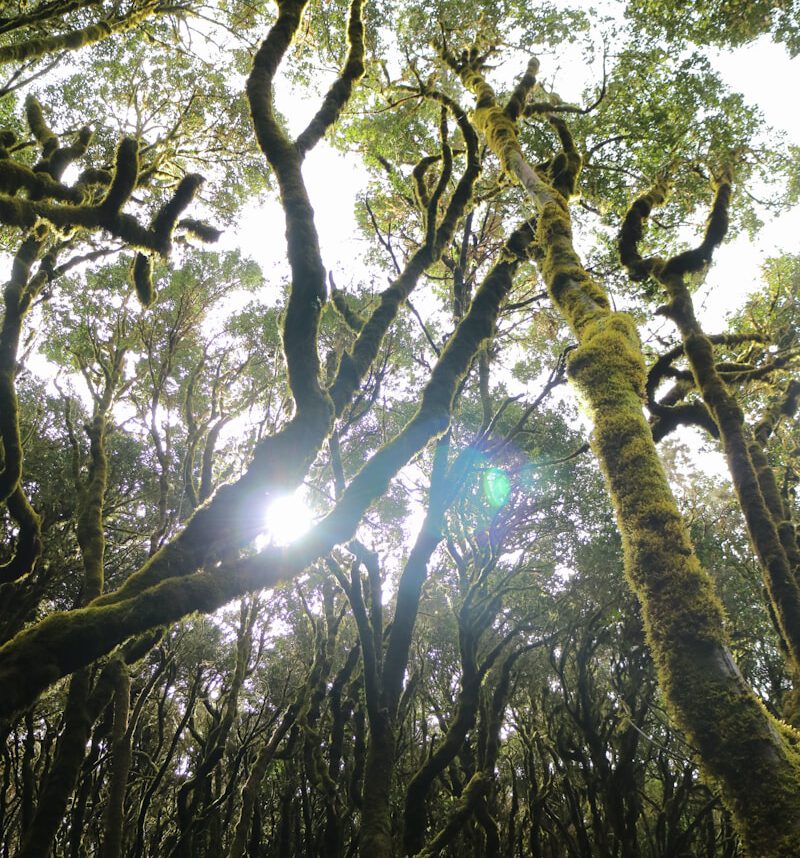In the heart of the Atlantic Ocean, far from the noise of the modern world, lies a small island with a deep and ancient story: La Gomera, one of the oldest of the Canary Islands. Its landscape speaks not only of wind and stone, of volcanoes and erosion, but of a forest older than civilization itself.
At its center lies the Garajonay National Park, home to one of the last remaining laurel forests in Europe – known as Laurisilva. This is not just a forest; it is a living witness to Earth’s distant past, a remnant of a forgotten world.
Born in the Depths of Earth’s History
Around 60 million years ago, during the Tertiary period, vast stretches of Europe and North Africa were covered in lush, evergreen cloud forests. Mild, humid climates supported the growth of what we now call Laurisilva – thick with laurels, ferns, mosses, and a constant dance of fog and moisture.
But then came the Ice Ages. As temperatures dropped and climates shifted, this once-vast forest disappeared from most of the continent. Only a few isolated, subtropical havens remained – and the Canary Islands, especially La Gomera, became one of its final refuges.
From Legend to World Heritage
The name Garajonay comes from an old island legend: the tragic love story of Gara and Jonay, two young lovers whose fate is forever tied to the misty heights of the island. Their story lives on in the silence of the forest, woven into the moss and stone.
In 1981, Garajonay was declared a national park, and in 1986, UNESCO recognized it as a World Heritage Site, honoring its ecological importance and ancient origins. Today, the park protects over 10% of the island’s surface, with more than 450 species of plants, many of which grow nowhere else on Earth.
Humanity in the Mirror of Time
But the story of this forest is not only told in rock layers and plant fossils. It is also a human story.
For centuries, people have sought shelter, healing, and meaning among these trees – whether harvesting medicinal plants, escaping the heat, or simply seeking stillness. And many visitors today describe a similar feeling: as though the forest doesn’t just surround you – it welcomes you. It speaks, not in words, but in something deeper.
In a world that moves fast and loud, the Garajonay forest is a kind of sanctuary – a return to slowness, to depth, to connection. It reminds us that we are not separate from nature. We are part of it, shaped by it, dependent on it – just as we always have been.
This forest, older than empires and untouched by modern haste, is not just a place to visit. It is a place to remember. To listen. To breathe. It holds the past of the Earth, and perhaps, the forgotten parts of ourselves.


